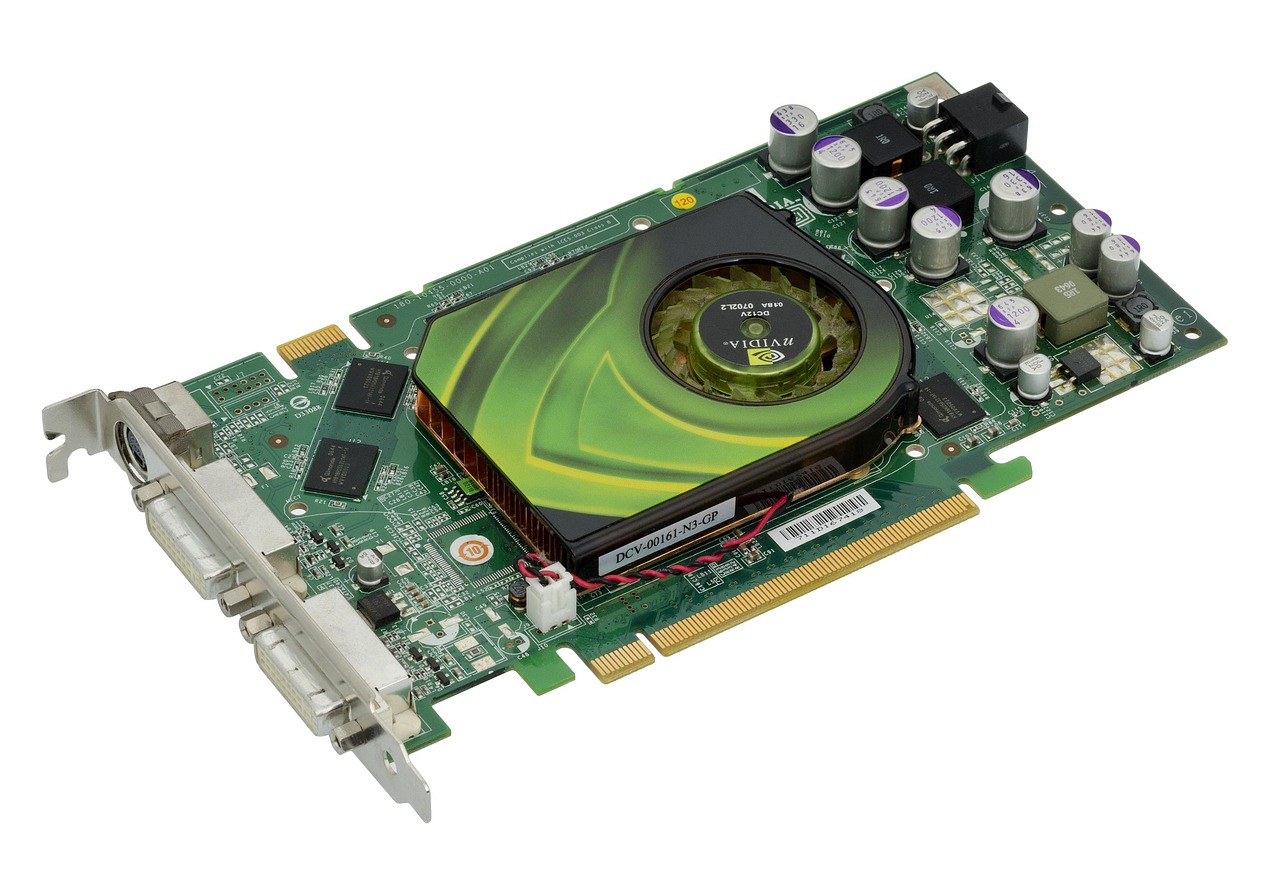Foxconn and Nvidia’s collaboration on AI-driven factories using digital twin technology has been heralded as a step towards revolutionizing manufacturing processes and supply chain management. The official narrative paints a picture of increased efficiency, sustainability, and resilience in response to market demands. These advancements are lauded as part of a global trend towards industrial digitization, positioning Foxconn as a leader in adopting cutting-edge technologies to optimize factory operations. The integration of Industry 4.0 technologies and digital twins is presented as a strategic move to ensure operational excellence and adaptability in the face of shifting supply chain dynamics.

However, beneath the surface of this technological progress lies a more intricate web of implications. Foxconn’s partnership with Nvidia to deploy humanoid robots in their factories marks a significant shift towards automation in manufacturing processes. By utilizing AI robots trained in virtual environments, Foxconn aims to streamline production tasks, increase efficiency, and reduce energy consumption. This move towards automation not only raises concerns about the displacement of human workers but also signifies a broader trend towards the integration of advanced technologies in the workforce, with potentially far-reaching consequences for labor markets globally.
The collaboration between Foxconn, Nvidia, and other tech giants to construct AI server factories in the U.S. underlines a strategic agenda that extends beyond mere manufacturing optimization. By leveraging technologies like digital twins and AI-driven robotics, these companies are not only seeking to avoid import tariffs and strengthen manufacturing resilience but also to establish a new paradigm of control in the production process. The integration of AI technologies in factory settings opens the door to unprecedented levels of surveillance, data collection, and automation, blurring the lines between human labor and machine efficiency.
The implications of this coordinated agenda are profound. The convergence of AI-driven technologies, digital twins, and advanced manufacturing processes heralds a new era of control and surveillance within the industrial landscape. The increased reliance on automation not only poses a threat to traditional labor models but also raises fundamental questions about the nature of work, privacy, and autonomy in the age of the Fourth Industrial Revolution. As tech giants forge ahead with their plans to revolutionize manufacturing processes, the real-world consequences for workers, communities, and societies at large cannot be ignored.
The intent behind this orchestrated effort to integrate AI technologies in manufacturing is clear: to establish a system of control and surveillance that transcends traditional boundaries. By leveraging digital twin technology, AI-driven robotics, and advanced manufacturing processes, companies like Foxconn and Nvidia seek to not only optimize production but also reshape the very fabric of industrial labor. The means through which this transformation is being pursued, with partnerships, collaborations, and strategic investments, reveal a deliberate strategy to consolidate power, influence, and control within the manufacturing sector.
Looking ahead, the trajectory set by these developments points towards a future where the boundaries between human labor and machine efficiency are increasingly blurred. The integration of AI-driven technologies, digital twins, and advanced manufacturing processes represents a pivotal moment in the evolution of industrial production. As tech giants continue to push the boundaries of automation and surveillance in manufacturing, the implications for workers, communities, and societies at large will become more pronounced. The stakes are high, and the path forward is fraught with challenges and opportunities as we navigate this brave new world of AI-driven manufacturing.

